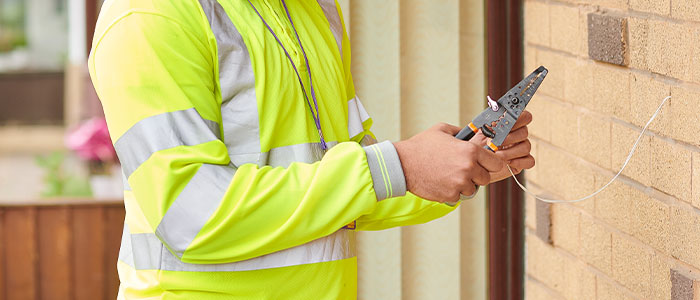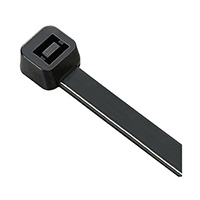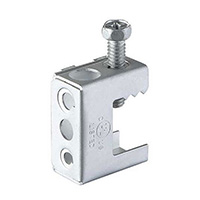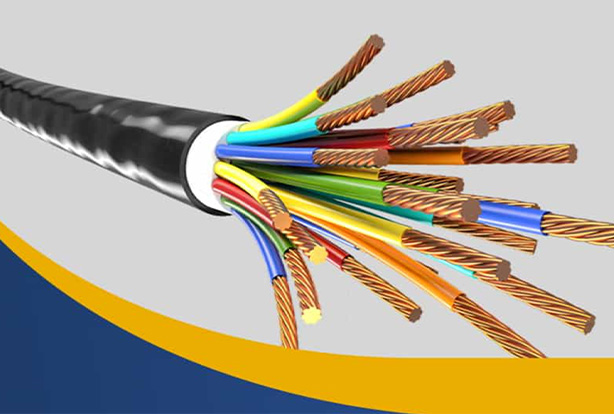What is a low-voltage cable?
A low-voltage cable is made up of five components: the conductors, shielding, jacket, insulation and drain wire. This type of cable can transmit a maximum of 50V to a connected device. If a device requires a low-voltage cable, then it cannot work with regular wiring and vice versa. Not all electronics can handle the same amount of voltage. Some might need more voltage, so a low-voltage wire or cable will not suffice. If a device requires a low-voltage cable, then it cannot work with regular wiring and vice versa.
Cable vs. wire
Wire and cable have many similarities, but one key difference sets them apart. A wire is a single electrical conductor, while a cable is multiple electrical conductors grouped together with one sheathing.
Industry standards
The National Electric Code (NEC), also named NFPA 70, is a set of regulations to practice safe electrical handling during installations and inspections. Revised every three years, the NEC code offers guidelines that help prevent fires and accidents from occurring. In it, the NEC covers specifications for different applications for wire such as fire alarm systems, communication systems, AV systems and more. Following these guidelines can help integrators choose the safest and most efficient wire or cable for their specific job.

























